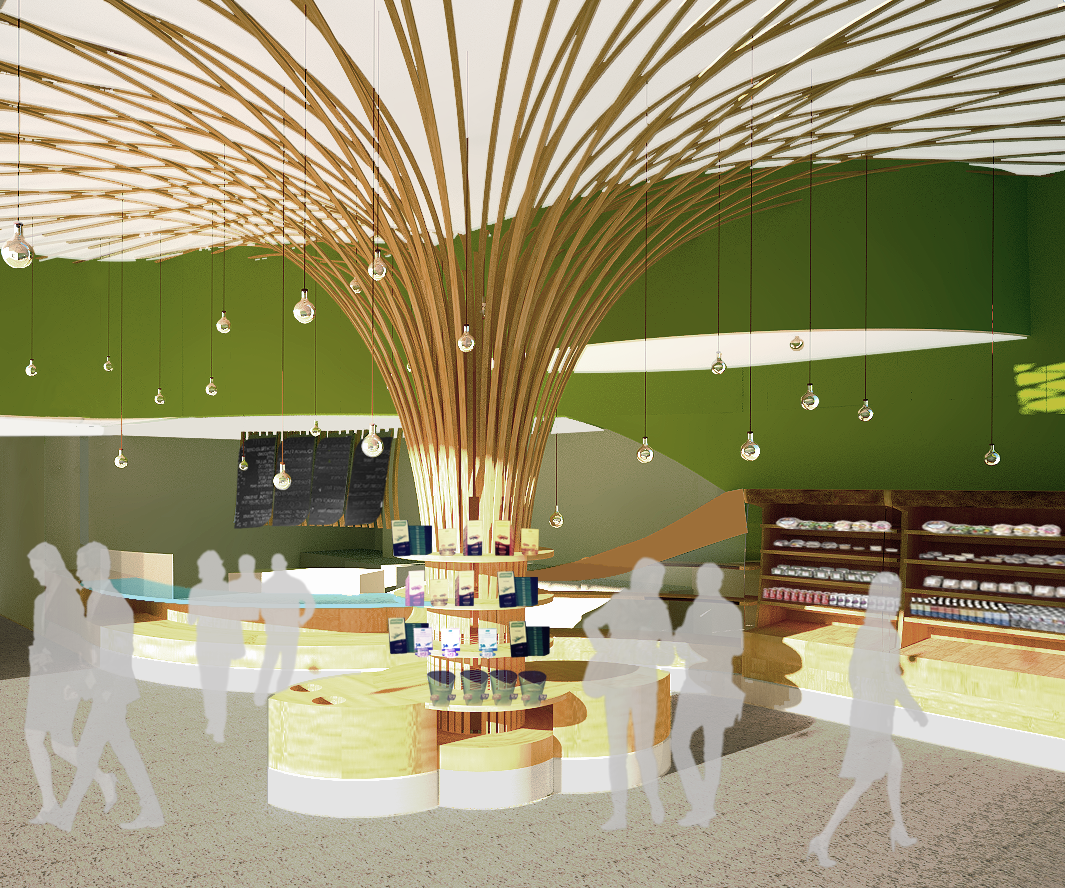When it comes to designing and building in San Francisco, there’s no substitute for local expertise. The city’s unique blend of architectural styles, complex building codes, and microclimates make it essential to work with an architect who truly understands the local landscape. Whether you’re planning a residential remodel, a new construction project, or a commercial renovation, hiring a San Francisco architect with in-depth knowledge of the area’s regulations, climate, and community can make all the difference in the success of your project. Here’s why local expertise is crucial for your next architectural endeavor.
1. Understanding San Francisco’s Building Codes and Regulations
San Francisco is known for its stringent building codes and regulations, which are designed to ensure safety, sustainability, and harmony within the city’s diverse neighborhoods. These regulations can be complex, and navigating them requires a deep understanding of local policies.
A San Francisco architect with local expertise is well-versed in the city’s specific building codes, zoning laws, and permitting processes. They know how to efficiently obtain the necessary approvals, ensuring that your project complies with all legal requirements. This knowledge helps to avoid delays, reduces the risk of costly fines, and ensures that your project moves forward smoothly.
Tip: When choosing an architect, ask about their experience with San Francisco’s building regulations and whether they’ve successfully managed projects similar to yours in the area.
2. Tailoring Designs to San Francisco’s Unique Climate
San Francisco’s climate is as diverse as its neighborhoods, with microclimates that can vary significantly from one part of the city to another. From the foggy, cool conditions of the Sunset District to the sunnier, warmer microclimates in the Mission, designing a home or building that responds to its specific environment is essential for comfort, energy efficiency, and long-term durability.
A local architect understands how to incorporate climate considerations into the design of your home or building. They can recommend materials and design strategies that maximize energy efficiency, improve indoor comfort, and reduce environmental impact. Whether it’s choosing the right insulation for a home in the fog belt or designing windows to take advantage of natural light in sunnier areas, a San Francisco architect with local expertise can tailor your project to the city’s unique climate conditions.
Tip: Discuss with your architect how they plan to address the specific climate conditions of your project’s location in San Francisco.
3. Navigating the Neighborhoods: Design with Community in Mind
San Francisco is a city of neighborhoods, each with its own distinct character, architectural style, and community values. Whether you’re building in the historic streets of Pacific Heights, the vibrant avenues of the Mission, or the eclectic blocks of the East Bay, understanding the local context is key to creating a design that fits seamlessly into its surroundings.
A local architect brings invaluable insight into the architectural trends, community preferences, and historical context of San Francisco’s neighborhoods. They can design a project that not only meets your needs but also respects and enhances the character of the area. This is particularly important in San Francisco, where community input and historical preservation play a significant role in the approval process.
Tip: Choose an architect who has experience working in your specific neighborhood and understands its architectural and cultural nuances.
4. Efficient Project Management and Local Relationships
An architect with local expertise in San Francisco often has established relationships with local contractors, suppliers, and permitting authorities. These connections can streamline the construction process, ensuring that your project stays on schedule and within budget. Local architects also understand the logistical challenges of building in San Francisco, such as tight spaces, limited parking, and noise regulations, and can plan accordingly.
By working with an architect who knows the local industry, you benefit from their network of trusted professionals and their ability to navigate the unique challenges of building in San Francisco. This local knowledge can result in a smoother, more efficient project, with fewer surprises along the way.
Tip: Ask your architect about their relationships with local contractors and suppliers, and how these connections can benefit your project.
5. Commitment to Sustainability and Innovation
San Francisco is a leader in sustainable design and green building practices. A local architect who is committed to sustainability can help you incorporate eco-friendly features into your project, from energy-efficient systems to sustainable materials. They understand the city’s green building codes and can guide you in achieving certifications such as LEED or GreenPoint Rated.
Moreover, local architects are often at the forefront of innovative design solutions that address the specific challenges of urban living in San Francisco, such as limited space, steep terrain, and seismic activity. Their ability to blend sustainability with cutting-edge design ensures that your project is not only beautiful and functional but also aligned with the city’s environmental goals.
Tip: When interviewing architects, inquire about their experience with sustainable design and how they integrate eco-friendly practices into their projects.
Conclusion
Hiring a local architect with knowledge of San Francisco’s building codes, climate, and community is crucial for the success of your project. From navigating complex regulations to designing homes that harmonize with their surroundings, local expertise ensures that your architectural vision becomes a reality, while avoiding common pitfalls and maximizing efficiency.
Whether you’re planning a residential project in the heart of San Francisco, a new build in the East Bay, or a sustainable design in Napa Valley, working with a San Francisco architect who understands the intricacies of the local landscape is your best bet for a successful outcome.
Written by Chat GPT


